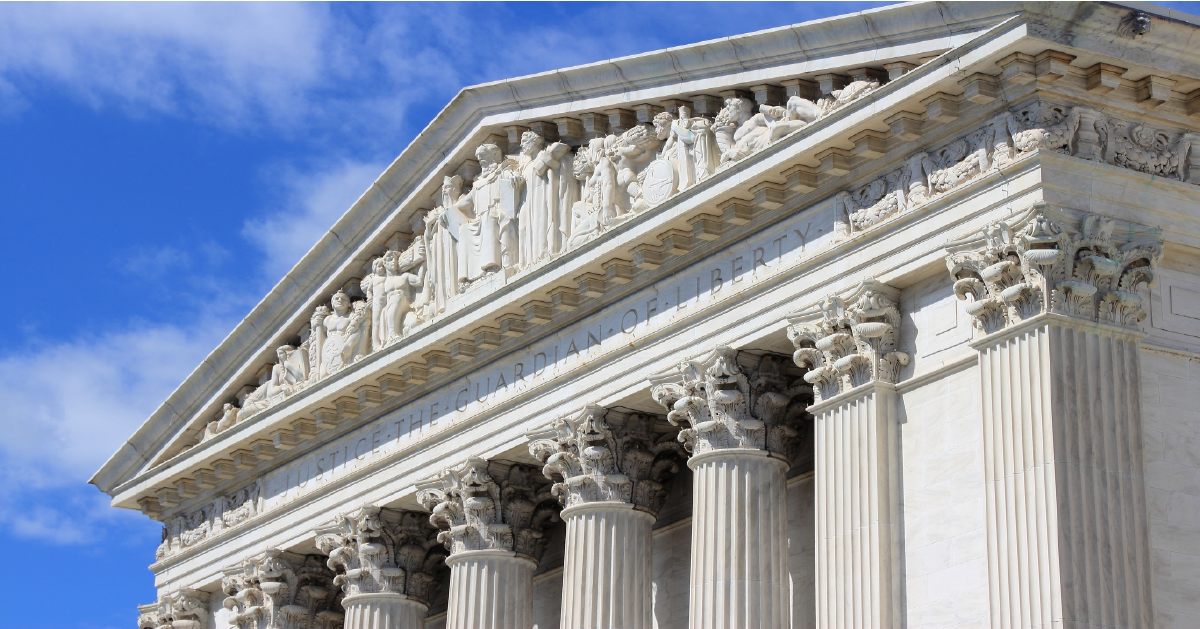Can You Use The Breakroom For That? Religious Accommodations in the Workplace
Religious accommodation can be a tricky topic for most HR professionals. Of course, they want to support employees but don’t want to find themselves...
3 min read
 Mark Nelson
:
Aug 1, 2023 4:04:21 PM
Mark Nelson
:
Aug 1, 2023 4:04:21 PM

Documentation requirements under the Family and Medical Leave Act (FMLA) are surprisingly complex—even more so than you might think. Because the failure to provide employee notices as required by the FMLA can entitle the employee to monetary relief, employers can’t assume they’ll be hit with a simple slap on the wrist. The penalties can be quite significant, especially when medical expenses are involved.
The Certification of Health Care Provider forms, which verify the employee’s or their family member’s medical condition, are always a top concern for leave administrators. Interestingly enough, however, these certifications are optional. The U.S. Department of Labor (DOL) permits employers to condition the grant of FMLA leave on the employee returning a completed certification—and deny FMLA if the employee fails to return it—but the DOL does not care if the employer and employee mutually agree that the condition is qualifying. Of course, if the employee is in the ICU, you probably wouldn’t need a doctor to tell you the employee has a serious health condition.
That said, Archbright generally recommends the employer condition FMLA approval on obtaining medical documentation. Even when the leave administrator trusts the employee’s affirmation that they have a qualifying health condition, the certification can clarify the nature of the leave, which the employee might not have known. Lastly, requiring the FMLA certification consistently protects an employer from employee favoritism complaints.
So, then, what paperwork is mandatory? The Notice of Eligibility and Rights and Responsibilities Notice (WH-381) and the Designation Notice (WH-382) are required. Employers should give the WH-381 within five days of learning about the employee’s need for leave. Employees must also receive the medical certification form within five days, so employers typically provide both forms simultaneously. The employee keeps the WH-381 and returns the completed certification, then the employer gives them the WH-382—again, within five days. The employee also keeps a copy of the WH-382. Because neither the WH-381 nor WH-382 are returned to the employer, it is best practice to retain proof of delivery through emails or photocopies.
Employers are allowed to use their own forms provided the same information is collected, but many choose to use the forms provided by the DOL for simplicity.
Many employers think they don’t need to bother with the FMLA paperwork when an employee is ineligible. The regulations state, however, that when an employer learns of an employee’s need for leave, they must notify them of their eligibility—including when they’re ineligible. Employers must provide the WH-381 every time an employee goes out on leave, whether eligible for the FMLA or not. The form contains a box to check when an employee is ineligible.
The WH-382 can come into play for ineligible employees as well. If the employee has already used up their 12 weeks of leave, there is a box to check off to indicate FMLA leave denial due to exhaustion of leave on the WH-382. In other words, the WH-381 may show they’re eligible for FMLA, but the WH-382 will indicate that leave is denied.
An employer will also use both the WH-381 and WH-382 if the employee is eligible for FMLA but wants to take leave for a non-FMLA-qualifying reason, like bonding with a grandchild (assuming they’re not the guardian or adoptive parent of the grandchild, which would qualify them). Similar to having a box to check for employees who have exhausted leave, there is a box to check to indicate when FMLA does not apply.
Another common employer misconception is that employees can only be on one leave at a time. For example, maybe the employee is approved for Washington Paid Family and Medical Leave (WPFML) or files for workers’ compensation. In that case, the employer might assume that FMLA does not apply. Workers’ compensation and WPFML can and should run concurrently with the FMLA. Regardless of other leaves the employee may be eligible to take, if the reason for leave is FMLA-qualifying, employers should always initiate the FMLA process and provide the appropriate paperwork.
Eligible members that have questions or want specific guidance on FMLA forms are encouraged to contact the HR Hotline by phone or through mozzo Advisor Chat. In addition, our legal team can advise on the sufficiency of notice, mitigating steps, and any legal exposure.

Religious accommodation can be a tricky topic for most HR professionals. Of course, they want to support employees but don’t want to find themselves...

Today’s workplace is unpredictable, and no one feels the impact of this more than human resources. According to a recent survey*, 45% of HR...

1 min read
Update: In late June, the Archbright Blog told you about a case to watch out for, Groff v. DeJoy, from the Supreme Court’s October 2022 term. It was...